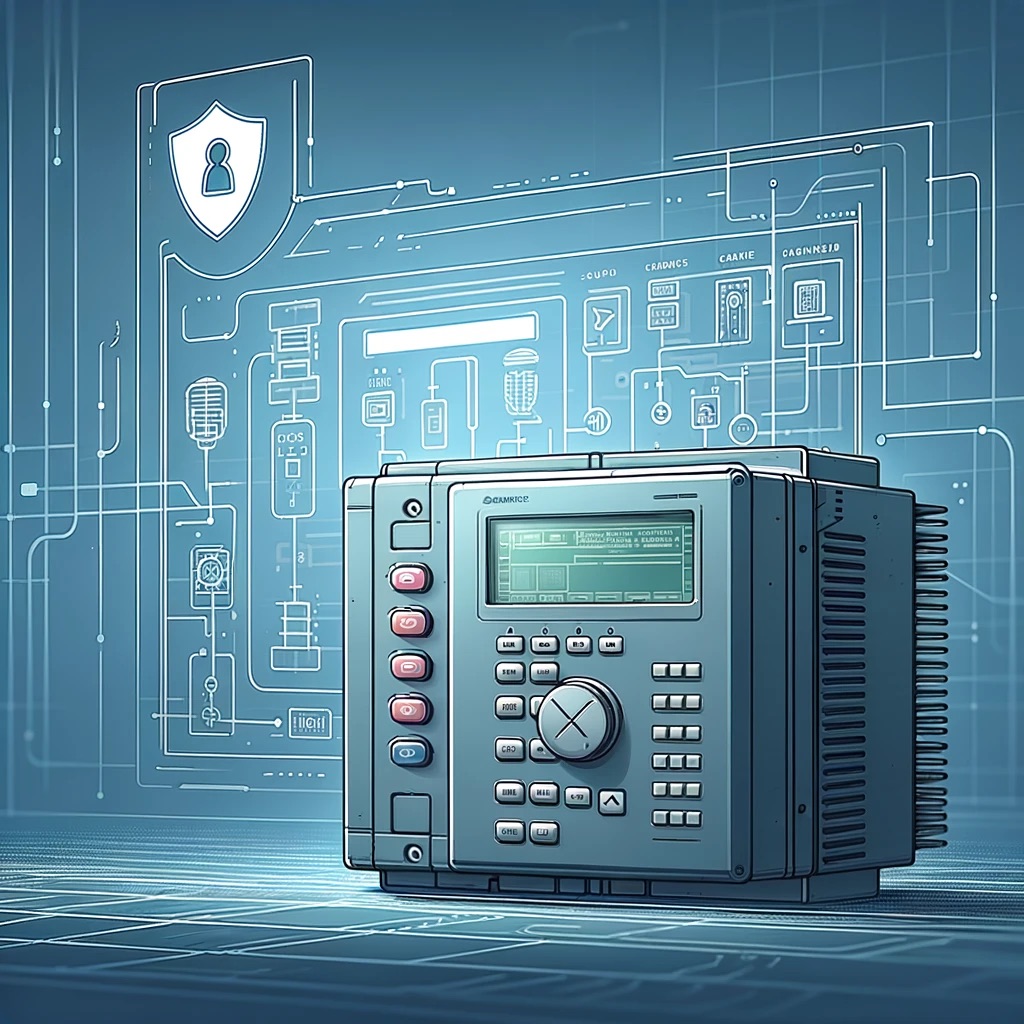As someone working in the cybersecurity field, particularly with industrial control systems (ICS), I’ve always been on the lookout for training programs that offer real-world value. One of the best resources I’ve come across is the free ICS Cybersecurity Training offered by the Cybersecurity and Infrastructure Security Agency (CISA). Whether you’re new to ICS cybersecurity or looking to deepen your expertise, CISA’s training options are an excellent resource.
About CISA’s ICS Training Program
CISA’s ICS Cybersecurity Training Program is designed to improve the security of critical infrastructure by educating professionals about the unique challenges and threats facing operational technology (OT) environments. The training is free, making it accessible to anyone looking to bolster their skills without financial barriers.
Course Offerings
CISA offers both online and in-person courses that cater to different levels of expertise:
- Online Training
- Self-paced courses that cover foundational topics like ICS basics and cybersecurity principles.
- Available through the CISA ICS Training Page.
- In-Person Training
- Hands-on sessions hosted in Idaho Falls by the Idaho National Laboratory (INL).
- Focused on immersive learning with real ICS systems.
Popular courses include:
- ICS Cybersecurity 101: An introduction to ICS and fundamental cybersecurity concepts.
- Intermediate Cybersecurity for ICS: Covers network defense and secure configurations.
- Advanced ICS Cybersecurity (301): Includes malware analysis, threat hunting, and Red Team/Blue Team exercises.
My Experience with the Advanced ICS Cybersecurity (301) Course
I had the privilege of completing the Advanced ICS Cybersecurity (301) course in person. Here’s what stood out:
- Hands-On Exercises: The course provided an opportunity to work with actual ICS equipment, simulating realistic attack scenarios. This practical experience was invaluable in understanding how threats manifest in OT environments.
- Expert Guidance: The training staff at INL were exceptional. Their depth of knowledge and ability to translate complex concepts into actionable insights were unparalleled. Beyond the curriculum, their real-world experience and passion for ICS security made the sessions engaging and highly informative.
- Red on Blue Exercises: The course culminated in a dynamic Red Team/Blue Team exercise, allowing participants to test their skills in detecting, responding to, and mitigating simulated attacks. This interactive component was both challenging and rewarding, emphasizing the importance of teamwork and strategy.
This course gave me a deeper appreciation for the complexities of ICS environments and how critical it is to tailor cybersecurity strategies to these systems. It’s an experience I’ll delve into further in a future post, so stay tuned!
Why You Should Enroll
If you’re a cybersecurity professional, engineer, or anyone responsible for securing critical infrastructure, here’s why you should consider CISA’s ICS training:
- No Cost: These courses are completely free, making high-quality training accessible to all.
- Industry-Relevant Skills: Learn skills directly applicable to protecting ICS environments in sectors like energy, water, and manufacturing.
- Flexible Options: Start with online training at your own pace, then consider applying for in-person courses to gain hands-on experience.
- Credibility: Training from CISA, a trusted authority in cybersecurity, enhances your professional knowledge and credibility.
Getting Started
To enroll, visit the CISA ICS Training Page and browse their course catalog. For in-person courses like the 301, you may need to apply and obtain approval, so plan ahead.
Final Thoughts
CISA’s ICS Cybersecurity Training Program is an incredible resource for professionals looking to enhance their skills and better protect critical infrastructure. Completing the Advanced ICS Cybersecurity (301) course in Idaho Falls was a transformative experience for me, providing both knowledge and practical tools to tackle OT security challenges. I highly recommend checking it out and investing time in this training—it’s worth it!
Be on the lookout for a future post where I’ll take a deeper dive into the 301 course, breaking down the lessons learned and insights gained.


